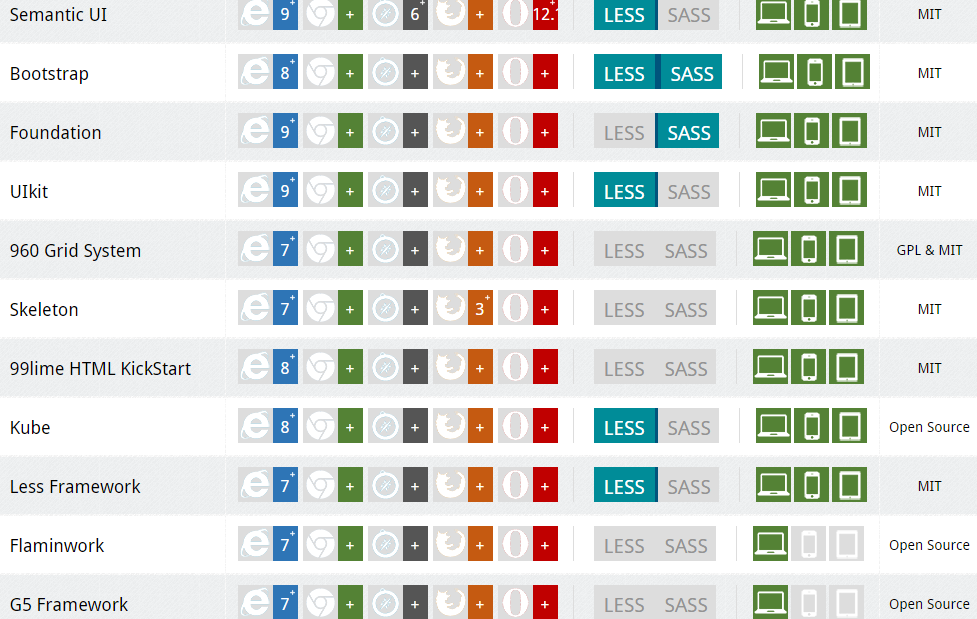Brickie Leaks: Uncovering the Hidden Stories
Dive into a world of revealing news and insights.
CSS Frameworks: Your Shortcut to Stunning Websites
Unlock the secret to beautiful websites! Dive into CSS frameworks and transform your design game with ease. Discover more now!
Understanding CSS Frameworks: What They Are and How They Work
CSS frameworks are pre-prepared libraries that are meant to be used as a base for developing websites and web applications. They provide a standardized approach to design, enabling developers to easily apply styles without the need to write extensive CSS from scratch. Most CSS frameworks are composed of a grid system, pre-styled components, and utility classes that streamline the web development process. By utilizing a framework, developers can focus on functionality and user experience instead of getting bogged down with repetitive styling tasks.
Understanding how CSS frameworks work involves recognizing their fundamental components. They typically include a set of CSS files that define styles for typography, forms, buttons, navigation bars, and more. Most modern frameworks also incorporate responsive design principles, allowing websites to look great on various screen sizes. Frameworks like Bootstrap, Foundation, and Tailwind CSS enable developers to create visually appealing websites while adhering to best practices in web design, significantly reducing the amount of custom code required.

Top 5 CSS Frameworks to Boost Your Web Development Skills
In the ever-evolving world of web development, utilizing a CSS framework can significantly enhance your productivity and skillset. Frameworks provide a structured approach to styling, allowing developers to create responsive and aesthetically pleasing websites with ease. Here are the top 5 CSS frameworks that can elevate your web development skills:
- Bootstrap - Perhaps the most well-known, Bootstrap offers a comprehensive set of styles and components that make it easy to create mobile-first designs.
- Tailwind CSS - This utility-first framework is designed to optimize the styling process, giving developers the flexibility to build custom designs without leaving their markup.
- Foundation - Developed by ZURB, Foundation is known for its flexibility and robust set of features, making it ideal for complex projects.
- Bulma - A modern CSS framework based on Flexbox, Bulma is lightweight and easy to use, focusing on simplicity and responsiveness.
- Semantic UI - Emphasizing human-friendly HTML, Semantic UI offers a range of design components that help create beautiful and responsive layouts effortlessly.
How to Choose the Right CSS Framework for Your Project?
Choosing the right CSS framework for your project can significantly impact the speed and efficiency of your development process. First, consider the specific needs and requirements of your project. For instance, if you're building a simple website or a landing page, you might opt for lightweight frameworks such as Skeleton or Bulma. On the other hand, if you're developing a complex web application requiring a wide range of components, frameworks like Bootstrap or Foundation might be more suitable due to their extensive libraries and responsive design capabilities.
Another important factor to evaluate is the community support and documentation of the framework. A well-documented framework with an active community will offer you a wealth of resources and support, aiding you in troubleshooting issues and implementing features effectively. It's also wise to test the frameworks by setting up small prototypes to see which one aligns best with your workflow. Make a shortlist based on your findings, and don’t hesitate to experiment with a few options before making a final decision.